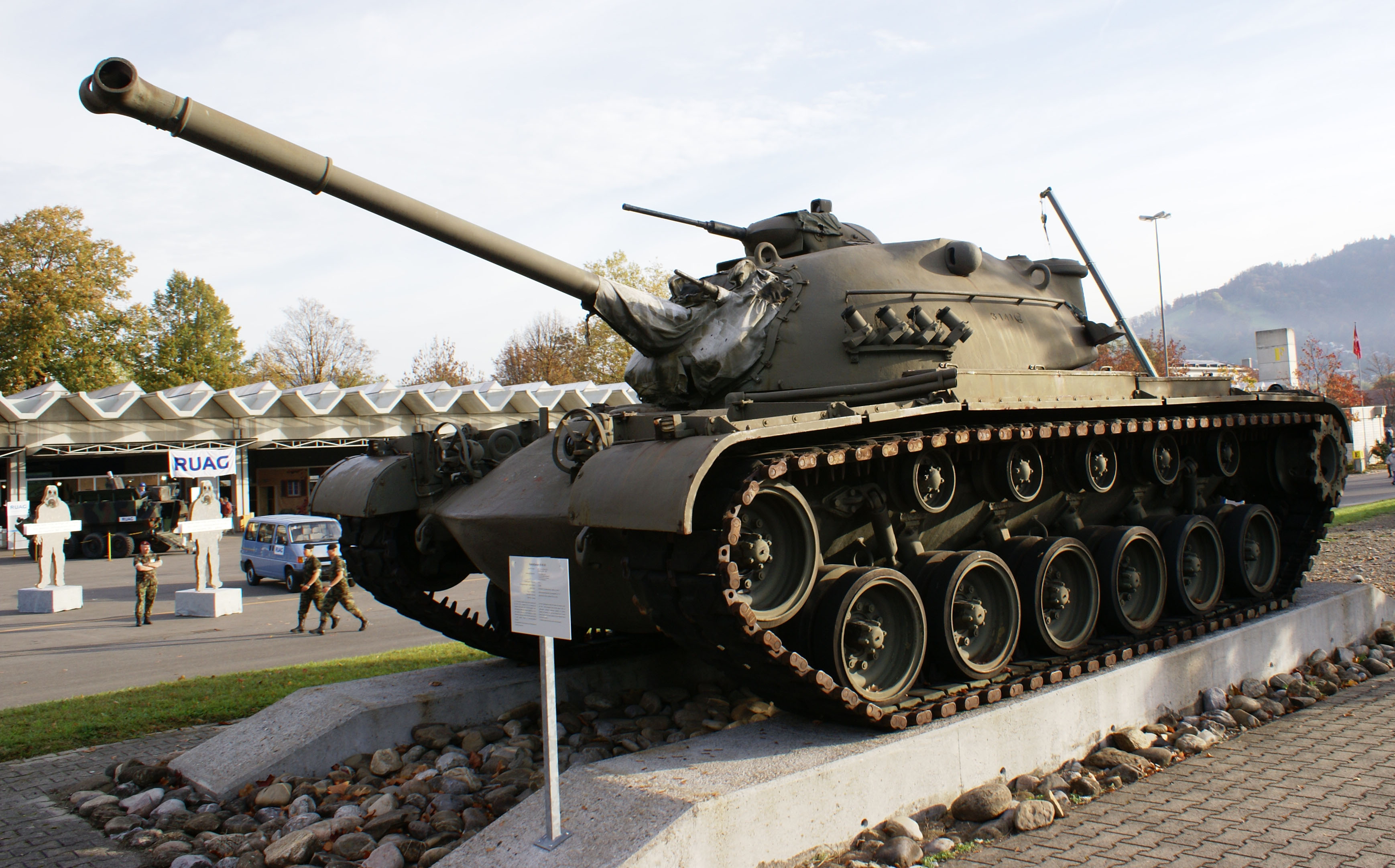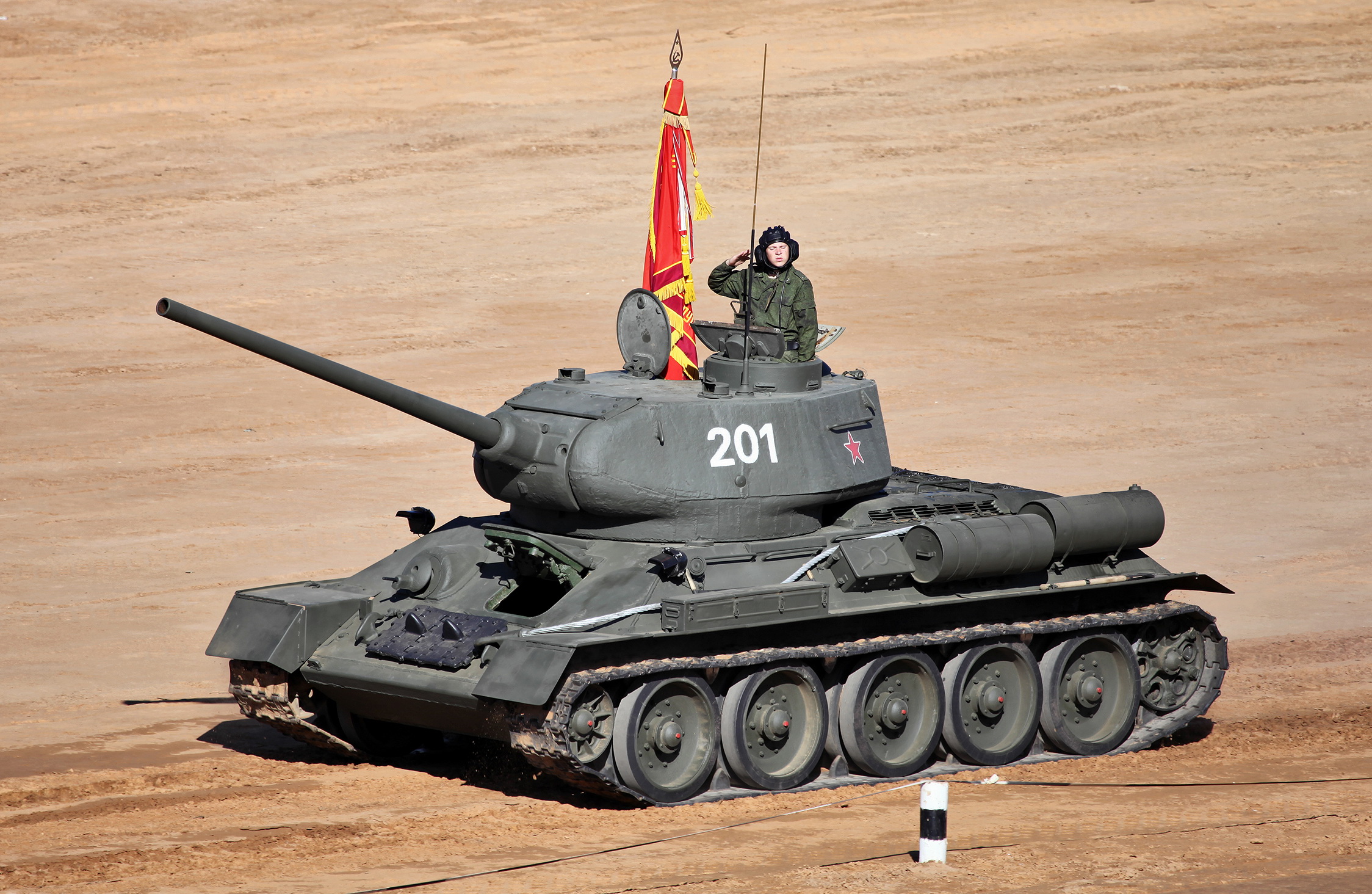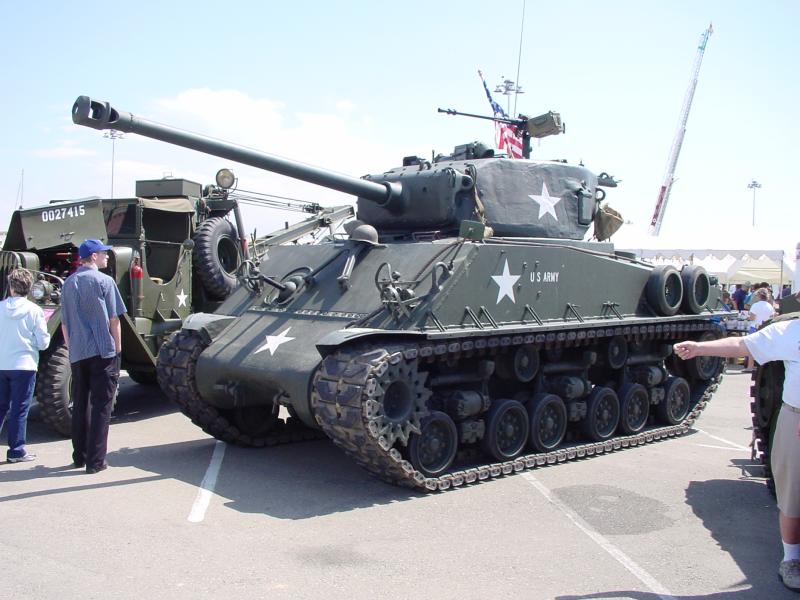Max the Mad Russian
Hands off Ukraine! Feet too
Ferdinand was by most accounts a failure at Kursk. I'm not familiar enough with the SU-100 and its performance to speak intelligently on it. However, heavily armored TDs of the Wehrmacht were built under different doctrine then US TDs. US TDs were doctrinally supposed to engage enemy you tanks directly and use superior speed to their advantage, hence the 50+mph speed of the M18. Not sure what the different doctrines of Germany and USDR were that led to heavily armored casemate TDs unless it was the only way which technology at the time to make an invincible tank: one whose armor couldn't be penetrated and could destroy any other tank it confronted with high caliber/velocity guns. I'd wager that the designs were predicated on achieving a break through against fortified positions.
The larger German TDs like the Jagdtiger suffered from reliability and power issues. The heavy weight of the thick armor was more than the transmissions and engines could handle. More Jagdtigers were lost due to mechanical failure than combat losses.
Not sure of the issue with turbine engines in tanks as they've proven to be very reliable.
Not familiar with Wehrmacht TD doctrine, but Soviet TD concept has the ancestors within the realm of self-propelled howitzers, namely SU-122 (also T-34-based), which was designed to support tank units while they're storming noted fortified positions. Replacing short 122-mm howitzer with 85-mm high velocity cannon (just like in Germany with 8.8, it was rooted in AA gun of the same caliber, 85-mm - later T-34-85 was also armed with it), the Soviets possessed in the end of 1942 a vehicle able to kill Panzer-III from 1000 meters at the face plate - something that T-34-76, which was the main Soviet tank up to the eve of 1944, couldn't do. Closed gunhouse was selected due to unification efforts, as usually when it concerns T-34 and its derivatives. Initially, the new weapon, called SU-85, was placed in regular tank units as noted support measure, then the separate units of SUs were created - for flanking hammer-anvil games, while the frontal combat between tanks takes place; then, the raids of small groups of SUs were accepted: vehicles ambushed the German tanks marching on roads, so unlike the German TDs, the mobility highly mattered. Anyway, while armor of SU-85 wasn't impressive, in most cases it took yet antitank weapon (or tank/TD itself) to kill it. The next generation, SU-100, was harder as its front armor was thicker than of T-34 and yet vehicle was light enough to preserve the parent's mobility.
Hitting the targets other than German tanks was secondary role, mostly for 1945 when it took to knock the gunnery forts out.
What about turbines - it's our statistics. If for Abrams it looks much better - ok then, but it seems to me that at least half of this success stems from good maintenance system rather than from turbine's design, and any maintenance system heavily depends on many things, two of which - secured logistics of spare parts and proper quality of fuel - would be hardly quite perfect in long conflict against modern regular army somewhere overseas...
Last edited:





